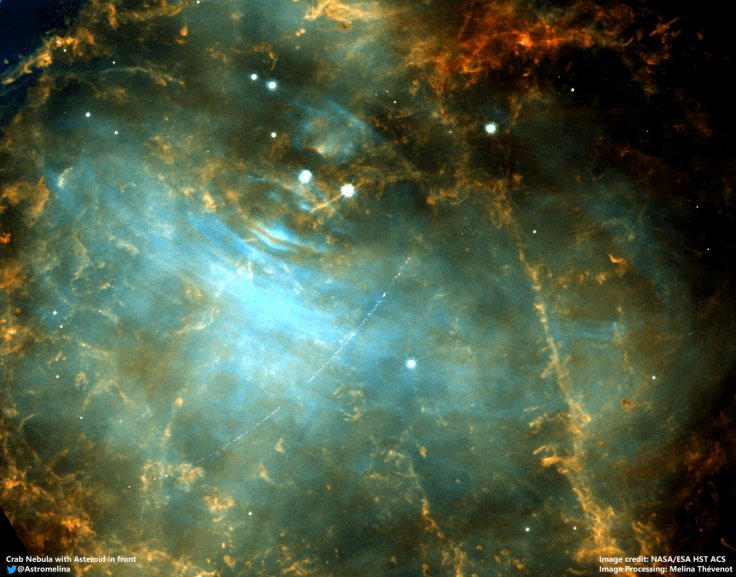
The European Space Agency (ESA) and amateur astronomers are working together to keep track of near-Earth asteroids using the old photos taken by the ESA and NASA's Hubble Space Telescope. Through their joint efforts, the space agency is able to determine if Earth is in danger of getting hit by an asteroid.
According to the ESA, photos of cosmic regions taken by Hubble often have white streaks across the images. The agency explained that these streaks are actually the imprinted trails of passing-by asteroids.
Earlier this year, the ESA decided to use these streaks to learn more about space rocks. The agency was able to accomplish this by launching a global initiative known as the Hubble Asteroid Hunter. With the help of citizen-science online platform Zooniverse, the ESA is able to work with amateur astronomers across the world to spot the imprinted trails of asteroids in Hubble photos.
According to the ESA, ever since the program began in June, over 1,900 volunteers have already signed up as amateur astronomers for the agency. Through the efforts of the volunteers, they were able to identify over 300,000 asteroid trails in about 11,000 Hubble photos.
The images reviewed and analyzed by the volunteers are then used by the ESA to keep track of the trajectories of the asteroids. By taking note of the location of the featured cosmic region in the photo as well as the date when it was taken by Hubble, the space agency is able to determine the speed of asteroids as well as their general trajectories.
"Now that volunteers have perused the platform to spot and mark asteroid trails, it is astronomers' turn to get to work," the ESA stated. "Knowing the date and time when the Hubble images were taken, they can use the trails marked in the pictures to infer asteroids' positions and velocities."
"This means they can determine the orbits and future trajectories of known and previously unknown asteroids with greater precision than before," the agency added.
The ESA noted that being able to identify these details is very important in determining if Earth is at risk of getting hit by an asteroid in the future.
"This knowledge is especially important for near-Earth objects: precisely determining the orbits of these asteroids can help protect our planet from possible impacts," the agency explained.









